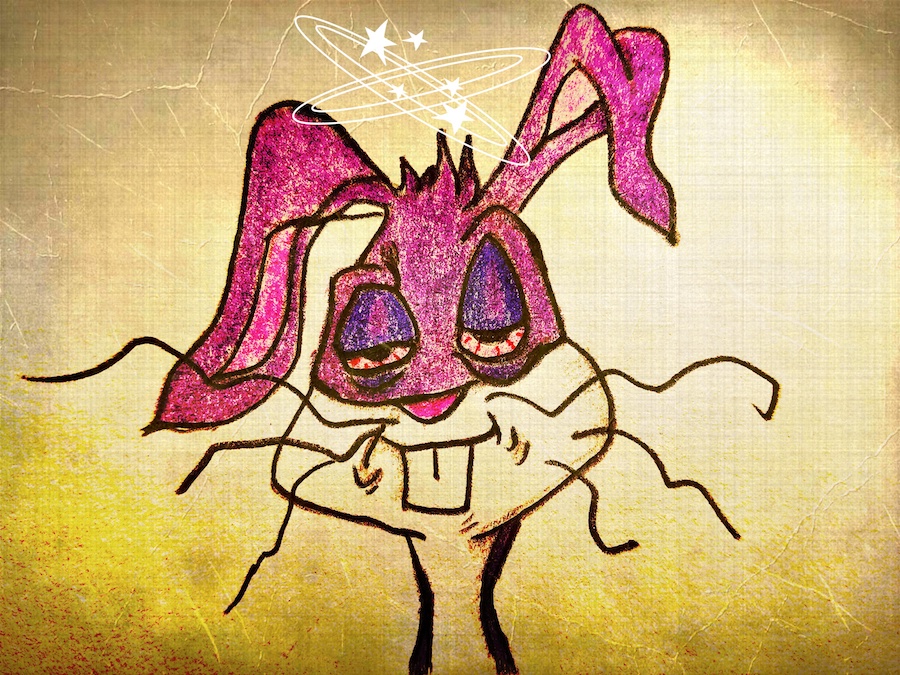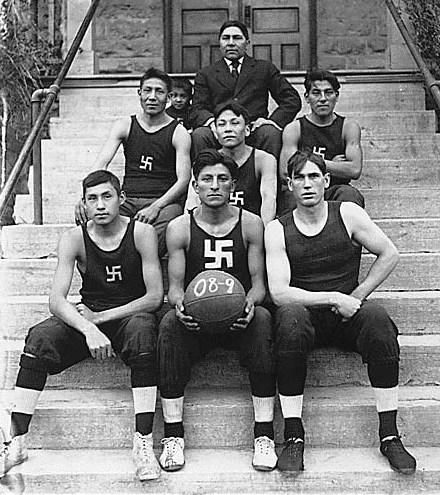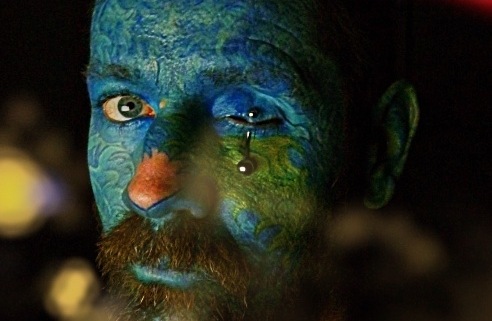Law enforcement agencies have long used tattoos as a means to identify victims of crimes and accidents.
They’re also an effective tool for identifying members of various gangs who use body art as symbols of their membership to those groups. For example, the number 88 is a numeric symbol for “Heil Hitler” used by white supremacists.
Or, MS 13, also sometimes tattooed simply as MS or 13, are the symbols of the Mara Salvatrucha gang that got its start in Los Angeles by immigrants from El Salvador. This violent unorganized gang, well-known for dealing drugs, child prostitution, and brutal murders, now has MS-13 chapters all over the U.S. and Canada.
But, the FBI has taken tattoo identification, a program called TAG IMAGE, a bit further by attempting to use tattoos as a means to map out people’s relationships and even identifying their religious beliefs. The musical or artistic interests and/or hobbies are also targets to record. Favorite food, drink, actors, loved ones, and so on. The list is practically endless.
The Intoxicated Waskly Wabbit

This collection of information could be a bit concerning depending upon your point of view, and all based upon the tattoo of, during a night of heavy drinking, you had the image of a Waskly Wabbitt inked on the part of your body that somehow draws the attention of authorities.
Using a particular marking on the skin as a means of identifying human remains, or as a way to establish a prisoner’s gang affiliation is one thing. But to the use those identifiers on living people to establish their religious or political leanings, for example, and then to lump them into those categories for future reference, perhaps rises to a level of government overreach—an invasion of privacy. A violation of civil liberties.
In addition, the opportunities to misinterpret a person’s body ink is great, furthering the chances of violating the rights of individuals. For example, we’re all familiar with the swasitka, which, prior to adoption by the Nazis who forever tainted it, was symbol of prosperity, goodness, and hope.
Swirling Logs
Many Native Americans used the “swastika” symbol (swirling logs, or four directions cross) as a means to depict peace and harmony, the polar opposite of how many view it in today’s society.
Suppose a police officer arrested a Native American basketball player who, at the time of the apprehension for a minor assault, wore his team jersey. Well, based upon the FBI’s controversial and perhaps civil rights-violating new practice, the ball-playing nose-puncher could be lumped into a known violent group which could add the additional charge of a federal hate crime.

Chilocco (Oklahoma) basketball team. The swastika was once a common symbol used by Native Americans. It had absolutely nothing to do with the Nazi party.
Furthermore, merely having a gang-related tattoo inked onto a person’s body doesn’t always indicate that the individual is a member of the gang associated with the marking. Kids today sometimes think such images are “cool” and head off to the nearest tattoo shop to permanently stencil the shape or lettering onto their skin. In fact, anyone with basic tattooing knowledge could do it for them.
The DIY Approach
Some use the DIY approach using the old “stick and poke” method. To do so, all that’s needed to accomplish the task are either sewing needles, straight pins, or safety pins, India ink, a marker to draw the outline of the tattoo, and a lot of nerve.
The tactic is easy. Dip the sharp object into the ink and then stick the pin into the skin until you feel a “pop” when it breaks through the skin. Repeat the process over and over again until you’ve successfully inked the object outlined on your body part.
Misidentification
Another way cops could misidentify someone as a gang member is forced tattooing, such as tattooing women against their will as a means of marking them after abducting and brutally raping them.
TAG IMAGE
TAG IMAGE is a wonderful tool for identification of various tattoos; however, attempting to lump individuals into a particular criminal organization based on any image found tattooed on a person body could be a dangerous path to follow.
After all, having a tattoo of a famous Mouse on your upper arm doesn’t mean you’re a member of the notorious rat’s Club.
Well, maybe …
“M.I.C. … K.E.Y.
M.O.U.S.E.”



